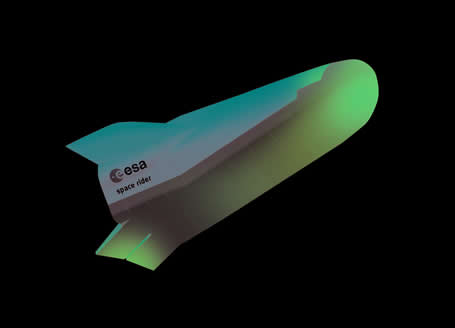United Kingdom News
AMPTHILL, BEDFORDSHIRE, 15 July 2016 – Lockheed Martin UK has been awarded a contract to start work on Europe’s first reusable spacecraft.
Engineers at Lockheed Martin’s site in Ampthill, Bedfordshire, will develop two key parts for the Space Rider, which is a reusable space plan being developed by the European Space Agency (ESA).
The small, unmanned craft will be launched from a rocket and will be able to gather scientific data, carry out exploration missions as it orbits the earth, and deliver cargo to and from the International Space Station. Crucially, Space Rider will be capable of surviving re-entry into the earth’s atmosphere, making it reusable and an affordable way to bring important findings back from space.
Lockheed Martin will develop the actuator system, which operates flaps to steady the flight during re-entry; and the landing system to bring the spacecraft safely back to earth.
Stephen Gibson, space business lead at Lockheed Martin’s Ampthill site said: “This is a first for Europe and a first for Lockheed Martin in the UK. Space Rider will be launched into orbit and from there can help us understand things such as how plants grow or how technology functions in space. It will stay up there for anywhere from two weeks to six months and will fly a couple of times a year, with each craft designed to carry out at least six flights over its lifetime.”
Lockheed Martin UK has been contracted to work on the project by the Italian Aerospace Research Centre (CIRA), who, together with Thales Alenia Space Italy, is developing the craft for ESA.
Stephen explains: “The activity and capability created by this first contract will allow us to take on other opportunities in the developing commercial space plane market. It’s a very exciting time and great news for Lockheed Martin UK and Bedfordshire.”
As part of the deal with CIRA, Lockheed Martin UK will also look at landing solutions for the spacecraft.
Alex Godfrey, the technical lead on the project for Lockheed Martin UK explains: “Space Rider will re-enter our atmosphere at 7.5km a second. Making sure it lands back on earth safely is a major part of the project. We’re looking at two solutions, pulling in expertise and capabilities from across Lockheed Martin Corporation."
“The first is a mid-air retrieval system, or MAR, which will mean the spacecraft is slowed down by a parafoil and then captured in the sky by a helicopter; the second is more traditional wheeled or skidded landing gear, with it coming to rest on a runway."
The initial contract is to carry out a study for both systems which will be presented to CIRA, and ultimately ESA, for a final decision in mid 2017.The first launch is expected to take place around 2020.
Space Rider is the successor to the ESA Intermediate Experimental Vehicle (IXV), a test craft that flew into orbit in February last year and successfully returned to earth by splashing down in the Pacific Ocean.


